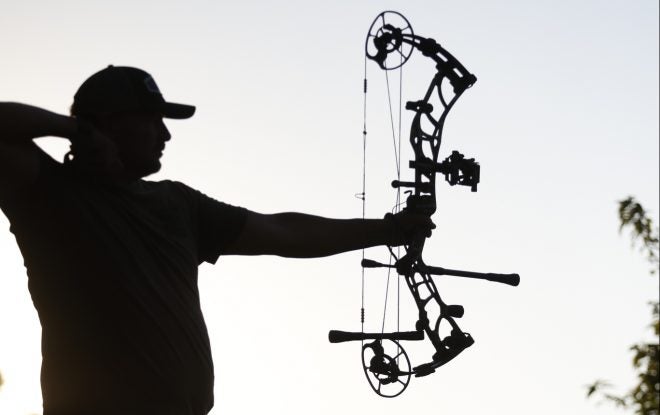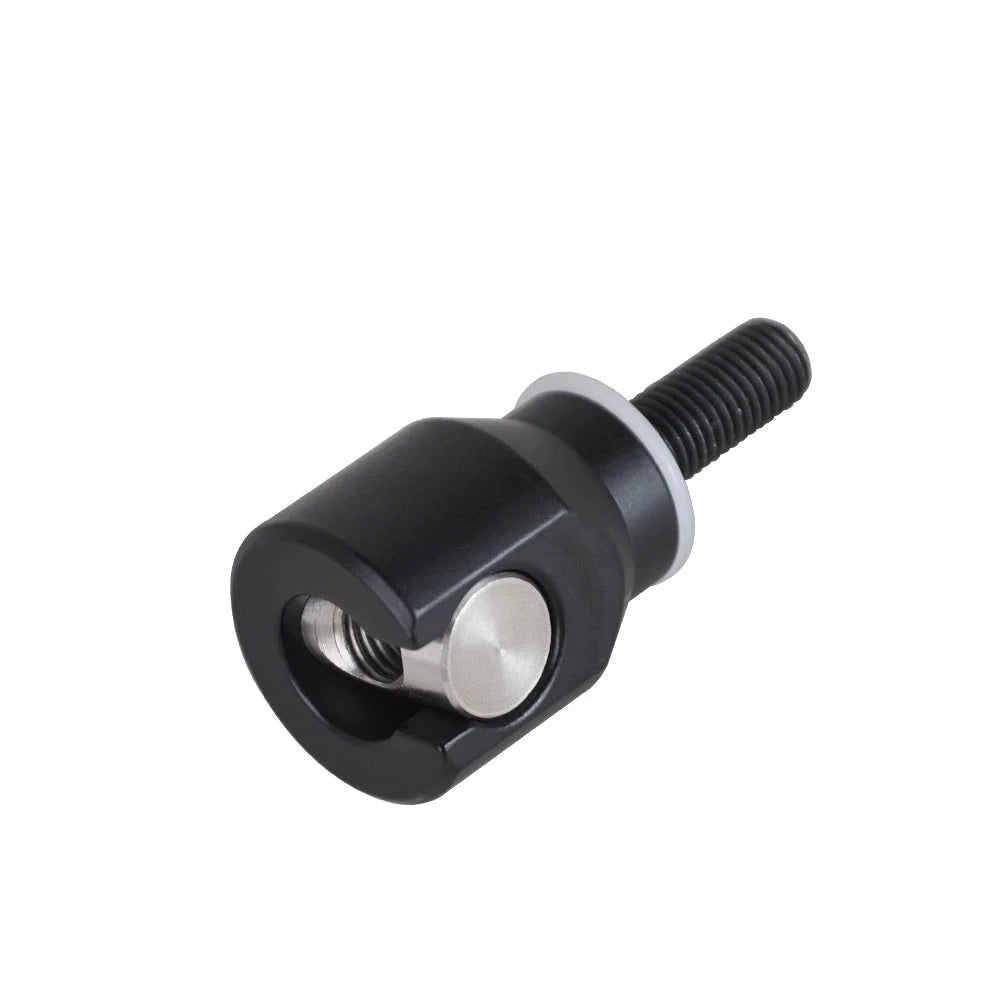Bow Stabilizer Reviews: Locate the Perfect Security Remedy for Your Bow
Bow Stabilizer Reviews: Locate the Perfect Security Remedy for Your Bow
Blog Article
Maximize Your Archery Accuracy With These Bow Stabilizer Methods
One essential element that can dramatically influence your performance is the proper utilization of bow stabilizers. Whether you are a skilled archer looking to improve your skills or a newcomer anxious to improve your accuracy, mastering these bow stabilizer strategies might be the key to striking your mark with unequaled consistency.
Advantages of Utilizing Bow Stabilizers
Utilizing bow stabilizers can significantly boost an archer's accuracy and total efficiency by minimizing bow torque and resonance. Bow torque, triggered by the unequal circulation of weight in the bow, can cause disparities in shot positioning. By connecting a bow stabilizer, the weight is rearranged, minimizing the effects of torque and aiding the archer achieve an extra consistent shot. In addition, bow stabilizers dampen resonance, which not only boosts the convenience of shooting however also avoids the bow from jumping upon release, therefore aiding in preserving proper goal.
Furthermore, bow stabilizers can assist in holding the bow consistent, specifically during windy problems or when firing from longer ranges. The added weight at the front of the bow offers security and equilibrium, permitting the archer to focus on aiming without the diversion of bow activity. Overall, the benefits of using bow stabilizers prolong past simply precision, boosting the archer's experience and efficiency in various shooting scenarios.
Selecting the Right Bow Stabilizer
Selecting the appropriate bow stabilizer is essential for optimizing your archery tools and boosting shooting efficiency. Heavier stabilizers can help lower bow torque and take in more vibration, leading to a steadier purpose.

Last but not least, consider the style of the stabilizer. Some stabilizers feature adjustable weights or dampeners that enable you to tailor the balance and feel of your bow. Eventually, picking the best bow stabilizer includes locating a balance between weight, style, product, and size to boost your capturing accuracy and overall performance.
Appropriate Installment Strategies
To ensure optimal performance and safety in archery, mastering correct installment strategies for your bow stabilizer is crucial. The initial action in setting up a bow stabilizer is to determine the appropriate placement on your bow.
Following, securely affix the stabilizer to the bow utilizing the suitable mounting equipment. Some stabilizers come with adjustable weights that can be included or eliminated to tweak the equilibrium of your bow.

Readjusting Stabilizer Weight and Length
After guaranteeing the proper installation of your bow stabilizer, the next action involves readjusting the weight and size to maximize its efficiency in improving archery accuracy. The weight of the stabilizer plays an important function in reducing bow motion during the shot cycle.
A longer stabilizer can give better stability by raising the range between the bow and the weight at the end of the stabilizer. Alternatively, a shorter stabilizer offers extra maneuverability and might be liked by archers who value dexterity and quick activities during capturing.
Advanced Stabilizer Tuning Tips
Accomplishing optimum bow stability and accuracy in archery demands a nuanced approach to sophisticated stabilizer tuning. Advanced stabilizer adjusting involves fine-tuning different components to improve the bow's balance, minimize vibration, and enhance overall accuracy. One vital method is to trying out different stabilizer arrangements, including back-bar and side-bar setups, to discover the ideal equilibrium in between stability and ability to move for your capturing style. bow stabilizer. Furthermore, readjusting the angle and positioning of the stabilizer can have a significant influence on how the bow responds upon release.
One more critical aspect of sophisticated stabilizer tuning is maximizing the damping homes of the stabilizer system. This can be accomplished by including added dampening accessories such as rubber dampeners or harmonic stabilizers to even this content more minimize resonance and sound. Checking out different materials for the stabilizer building, such as carbon fiber or aluminum, can also influence the bow's performance by altering its weight distribution and rigidity. By meticulously fine-tuning these advanced stabilizer components, archers can optimize their precision and uniformity on the variety or in competition.
Final Thought
In conclusion, taking full advantage of archery accuracy can be attained with the appropriate selection, installment, and modification of bow stabilizers. By understanding the advantages of utilizing stabilizers, selecting the right one, and adjust its weight and length, archers can boost their capturing precision. Using sophisticated tuning methods can even more boost stability and consistency in arrowhead flight. In general, incorporating bow Read More Here stabilizers right into archery method can result in improved efficiency and raised precision.
Using bow stabilizers can significantly improve an archer's precision and overall efficiency by decreasing bow torque and vibration. Longer stabilizers give greater security and equilibrium, especially for long-distance capturing, while much shorter stabilizers provide even more versatility and are much easier to maneuver in tight areas (bow stabilizer). Carbon fiber useful content stabilizers are durable and lightweight, while light weight aluminum stabilizers are durable and provide exceptional resonance wetting
A longer stabilizer can offer higher security by raising the distance between the bow and the weight at the end of the stabilizer.One more vital aspect of sophisticated stabilizer adjusting is maximizing the damping homes of the stabilizer system.
Report this page